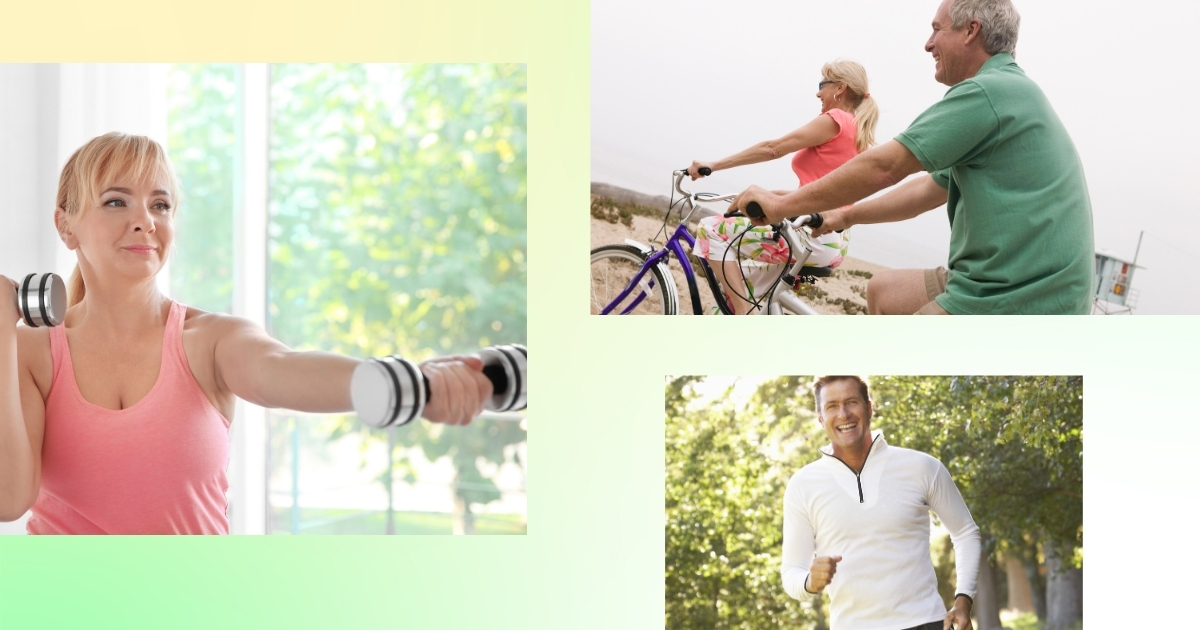
Understanding Non-Verbal Cues in Dating
When it comes to dating, words aren’t the only way we communicate. A quick smile, a slight lean, or even avoiding eye contact speaks volumes. These unspoken signals, or non-verbal cues, play a critical role in how we connect with others. For singles over 50, getting back into the dating world can feel intimidating, especially when trying to figure out what someone is really saying without words. The good news? Understanding and using non-verbal dating cues can make those interactions feel smoother and more meaningful.
You may wonder, how exactly do you pick up on and interpret these signals? It starts with paying attention to both what is said and what’s left unsaid. Reading body language, like subtle movements and facial expressions, helps you get a clearer picture of someone’s interest—or maybe lack of interest. At the same time, by being mindful of your own actions, you can show someone you’re interested without having to say it outright.
This post will walk you through the basics of recognizing non-verbal signals. From figuring out which gestures mean “I’m enjoying this” to knowing when to back off, we’ll share practical tips to help you feel more confident in your dating conversations. By the end, you’ll also learn how to use non-verbal cues to express your own interests naturally and respectfully.
Recognizing Positive Non-Verbal Cues
First, let’s focus on the good stuff—ways to tell when your date is genuinely engaged. Positive signals are often easy to spot, but they can also be subtle. Here are three key things to look for.
- Smiles and Eye Contact: A warm, genuine smile is one of the clearest signs someone is having a good time. It’s inviting, and it shows a level of comfort and happiness. If your date smiles at you often, especially while making eye contact, it’s generally a good sign. Speaking of eye contact, this is another important cue to pick up on. Steady, friendly eye contact shows attentiveness. However, staring too long can feel uncomfortable. The trick is to look into your date’s eyes during the conversation but glance away occasionally to keep the moment natural. If your date mirrors this behavior, chances are they’re interested in what you’re saying.
- Open Body Language: Pay attention to how your date sits or stands. Open posture, such as uncrossed arms, sitting up straight, or slightly leaning toward you, signals openness and engagement. On the other hand, hunching over or folding arms can suggest they’re not fully comfortable yet. Similarly, where they place their feet can tell you a lot. If their feet are pointed toward you during the date, it’s often a subconscious sign of interest. These little details can give you a better sense of how the evening is going.
- Mirroring: Have you noticed that when you reach for your glass, they reach for theirs, too? Or when you lean in a little, they do the same? This is called mirroring. It’s an unconscious way that people show connection and interest. When someone mirrors your actions, it often means they feel comfortable and are tuned in to you. On your part, you can practice mirroring as well—subtly. For example, if your date leans forward while talking, you could lean in slightly, too. It’s not about copying every move but about creating an easy, relaxed rhythm of engagement.
Tip: Positive cues like these can boost your confidence, but it’s equally important to stay natural and not overanalyze. Trust your instincts and focus on enjoying the moment.
Identifying Negative or Disinterested Cues
Not every signal is positive. There are some clues that tell you someone might not be fully engaged or interested. Being able to spot these can save you from misreading a situation.
While eye contact is a sign of attention, avoiding it might mean discomfort or disinterest. If your date rarely looks at you, or if their gaze keeps wandering, it may be a sign that they’re not fully invested in the conversation. Of course, some people are naturally shy, so it’s important to read this cue alongside other actions.
Crossed arms or leaning away from you are classic signs of being closed off. When someone isn’t fully opening up, their body often reflects that. Similarly, checking their phone often or generally behaving distractedly may suggest they’re not as tuned in as you’d like.
Constant fidgeting—such as tapping fingers, bouncing feet, or playing with their phone—can signal discomfort or even impatience. While occasional natural movements aren’t a problem, frequent distractions might mean their focus is not on you.
Tip: If you spot these cues, don’t panic. Sometimes, people are just nervous or having an off day. But if these signs persist, it’s okay to take a step back and reconsider the connection.
Using Non-Verbal Cues To Show Interest
Non-verbal signals aren’t just for understanding others; they’re also great tools for showing how you feel. Here’s how you can put those cues to good use during your dates.
Relax, breathe, and allow yourself to smile and laugh when something is funny or enjoyable. A natural smile shows that you’re having a good time, while laughter adds warmth to the moment. For many people, these non-verbal signals are the most welcoming.
Small gestures like a light touch on the arm during a laugh or to emphasize a point can show interest. Keep it appropriate and gentle—boundary awareness is crucial. By doing this correctly, you can add a thoughtful layer to your communication.
Show you care by really paying attention. Simple actions like nodding, leaning slightly forward, or maintaining focus on your date’s story tell them you’re genuinely interested in what they have to say. This kind of non-verbal response builds trust and connection.
Tip: The key is to always stay genuine. These signals should come from a real place of interest and respect for your date.
How To Practice Reading Non-Verbal Cues
If you’re new to this, the good news is that practice makes it easier over time. Here are a few strategies to start with.
- Observing Others: Take notice of how couples interact when you’re out and about. Watch for gestures like smiling, open posture, and eye contact to learn what positive non-verbal interaction looks like.
- Self-Awareness: Understanding your own body language is just as important as noticing others. Reflect on how you sit or react during conversations. Are there habits, like crossing your arms, that might give the wrong impression? Adjusting these can make a big difference.
- Seeking Feedback: Trusted friends or family members can be great sources of insight. Ask them for honest feedback about the body language you use when meeting new people. This can improve how you present yourself in future dates.
Cultural And Personal Differences In Non-Verbal Cues
Though non-verbal signals can feel universal, it’s important to remember that every person communicates differently.
Some people are more comfortable with personal space or prefer fewer physical gestures. Pay attention to how your date responds to things like a light touch or leaning in.
Non-verbal cues shouldn’t replace words entirely. People have unique styles of communication, and it’s essential to balance what they say with how they act. Look at the full picture instead of relying on just one or two signals.
Tip: Stay flexible in your interpretation. The goal is to build understanding, not make assumptions too quickly.
Building Stronger Connections Through Non-Verbal Communication Over 50
Dating over 50 can feel like a new adventure, and learning to pick up on non-verbal dating cues makes it an enjoyable and rewarding one. By recognizing positive signals like open body language, avoiding negative ones like distraction, and using your own cues to show interest, you’ll feel more confident connecting with others.
Remember, communication is a two-way street. When we stay observant, patient, and respectful, we create space for deeper, more meaningful relationships. And dating at this age truly has its perks. You bring life experience, self-awareness, and a clear sense of what you’re looking for. For more tips and advice, sign up for our bulletin and take the next step toward building lasting connections.











